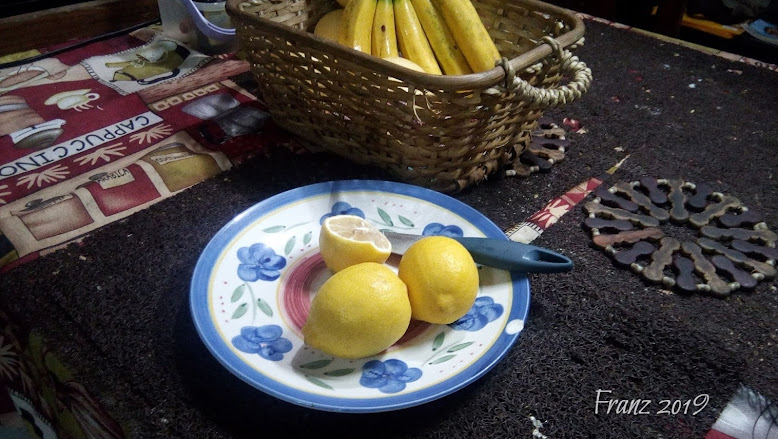Franz Liszt - Letter to Heinrich Brockhaus

Franz Liszt (1811-1886) Franz Liszt - Letter to Heinrich Brockhaus -- Bookseller in Leipzig. On the issue of erroneous titles, false attributions and hyped up diplomas: My dear Mr. Brockhaus, In thanking you for your kind mention of the notice of the inclusion of my name in the Conversations Lexikon, I wish above all things not to go beyond the limits of most scrupulous delicacy, which in these sorts of things have alwa ys appeared to me all the more desirable to maintain because they are so very often passed. Consequently, I will only allow myself to point out three misstatements of fact in the article about myself: firstly, my supposed title of ex-St. Simonien; secondly, my supposed journey to America; thirdly, my diploma of the University of Konigsberg, which my biographer arbitrarily changes into a diploma of Doctor of Music, which was not the one given to me. I have never had the honor of belonging to the association, or, to put it better, to the religious and political




